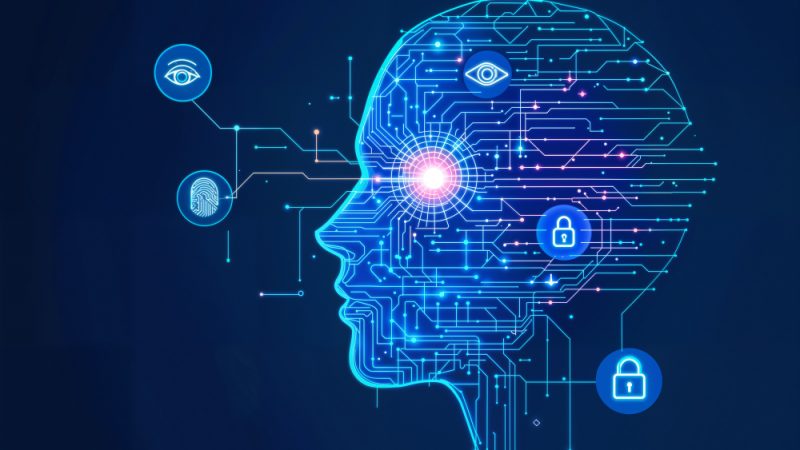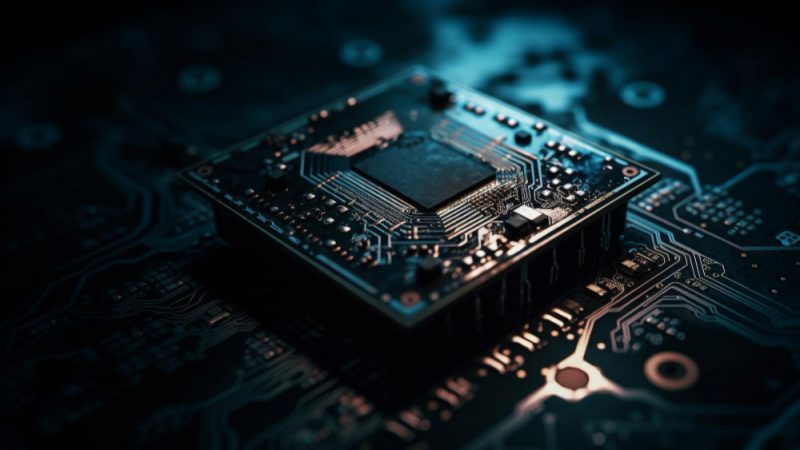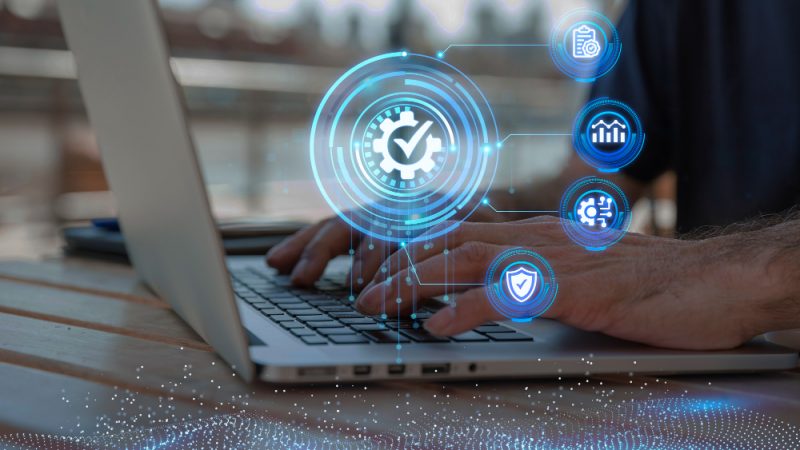How Technology Is Shaping Healthcare

As technology advances, we are feeling its effects on almost every aspect of our lives. The healthcare sector isn’t left behind either. Tech trends such as artificial intelligence, virtual reality, machine learning, robotics and more are changing the healthcare sector for the better right before our eyes.
Understanding how technology is changing healthcare can help healthcare professionals, governments, and institutions keep tabs on emerging technology. Whether that means lifesaving procedures, or in the world of cosmetic treatments where new procudures like these are made possible by new tech. Below are different ways that technology is playing a role in shaping the healthcare sector.
Integrating patient information
It can be chaotic when doctors have to deal with fragmented patient information. But, that is a thing of the past with technology. Healthcare professionals are investing in healthcare software for their hospitals and practices. Healthcare software allows for easier integration of data from different departments into one platform. This makes it easier for doctors to find information, improving the speed and efficiency of dispensing care.
Electronic patient portals are another innovation that is simplifying how doctors access patient information. Doctors can use these portals to learn more about their patients. This puts them in a position to provide the right treatment.
Improving patient care
Patients can now enjoy better care and enhanced experience thanks to technology. Doctors are using technology to provide home-based care for their patients. With virtual visits, patients don’t have to make the trip to the doctor’s office for appointments or in case of minor injuries. The doctor can examine him or her in the comfort of the home.
Healthcare innovators have also developed prescription apps that have made it easy to manage prescriptions. Patients receive notifications when their prescriptions are about to run out. And, with helpful prescription prior authorization resources, doctors are able to make better prescriptions for their patients being able to check dosing guidelines, authorizaiton information, and other possible interactions between drugs that doctors decide to prescribe and others that patients are already using.
Patient care has also become better with smart wearables. These devices are being used to monitor sleep and vitals such as heartbeat rate and blood pressure. They then share the information with physicians and caregivers remotely.
Technology has also improved how doctors and patients communicate. Patients no longer have to wait long hours to talk with their doctors. They can use apps to connect with their doctors in a language of their preference. The use of chatbots also makes sure that patients get answers to their questions faster and at any time.
Enhancing diagnosis and treatment procedures
Technology has made medical procedures more effective and faster. Think of robotics and virtual reality that are assisting healthcare professionals in carrying out different surgeries. Surgical robots have the ability to reach areas that are hard to reach using other tools and human hands. Virtual reality, on the other hand, is improving accuracy and speed in surgical procedures.
Nanotechnology is another emergence in healthcare tech that is changing how diagnoses are done. One great innovation in this area is the use of smart pills such as PillCam. This pill is used to examine the colon for polyps in a non-invasive way.
Supporting medical training
Technology has made it easy for medical students to enhance their studies. Students can turn to online resources to find study materials such as videos and course notes. Besides helping them understand hard concepts, online resources also make the work easy for medical course professors.
Augmented reality is proving valuable in learning human anatomy. Instead of using human bodies, students use apps to study the human body. This allows them to have accurate impressions of the human anatomy in an exciting manner.
Enhancing data collection and analysis
It can be hard for governments to make decisions regarding healthcare without reliable data. Technologies such as machine learning and artificial intelligence make it possible to collect and analyze massive data effectively. Healthcare stakeholders can have access to real-time and accurate data from different regions. This gives them valuable insights to make well-informed decisions faster for the betterment of the healthcare sector.
Conclusion
From the above, it is clear that technology is changing healthcare for the better. Patients can now receive better care and be in control of their health. On the other hand, healthcare professionals use technology to improve operations in facilities. In addition, healthcare technology is empowering professionals to make better diagnoses and carry out procedures successfully. Also, governments are in a position to improve healthcare in their countries with error-free data in their hands.






